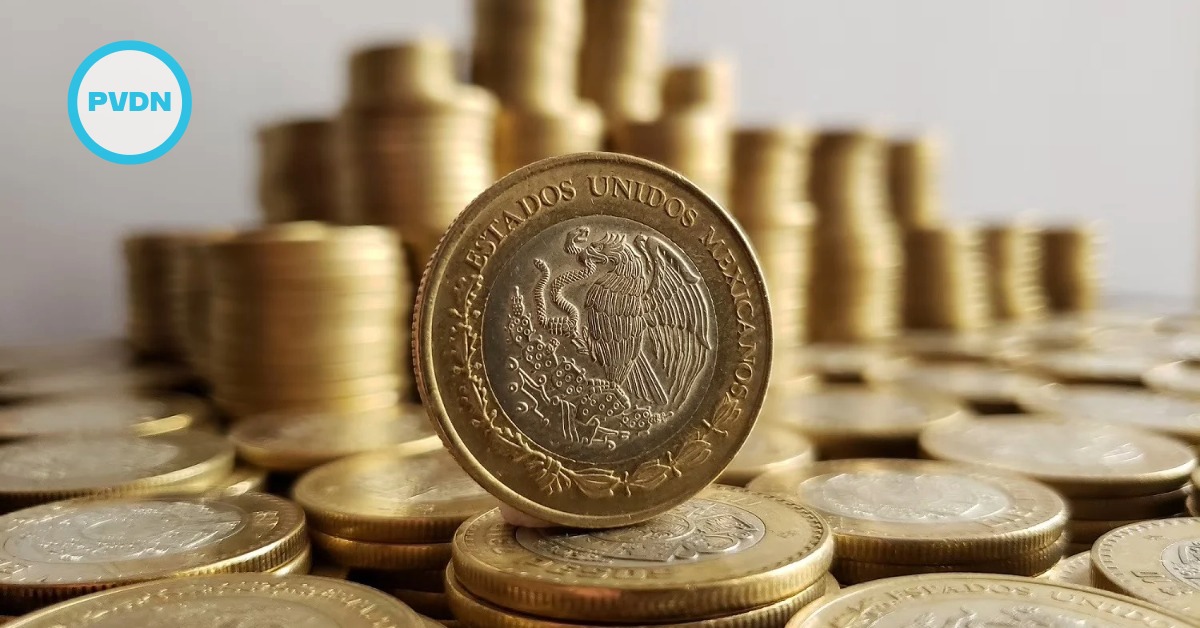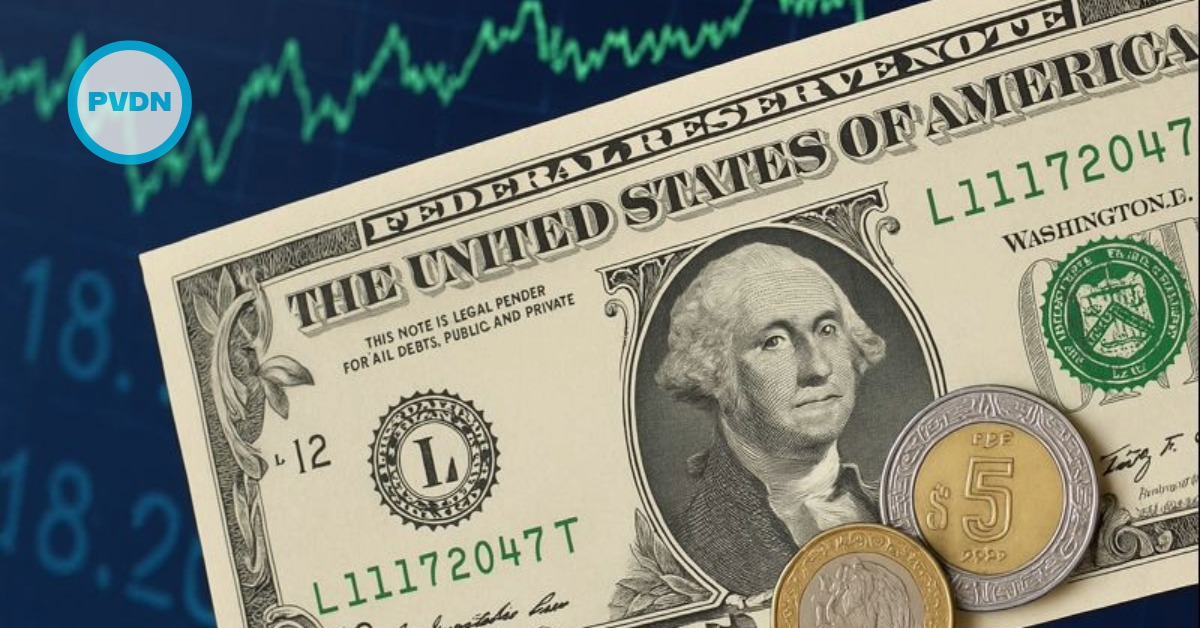Puerto Vallarta, Mexico - The Mexican peso is experiencing a depreciation against the U.S. dollar this Thursday morning, as global economic factors weigh heavily on the local currency. The peso has lost ground due to a stronger dollar, driven by investor caution over escalating tensions in the Middle East and recent labor market data from the United States.






